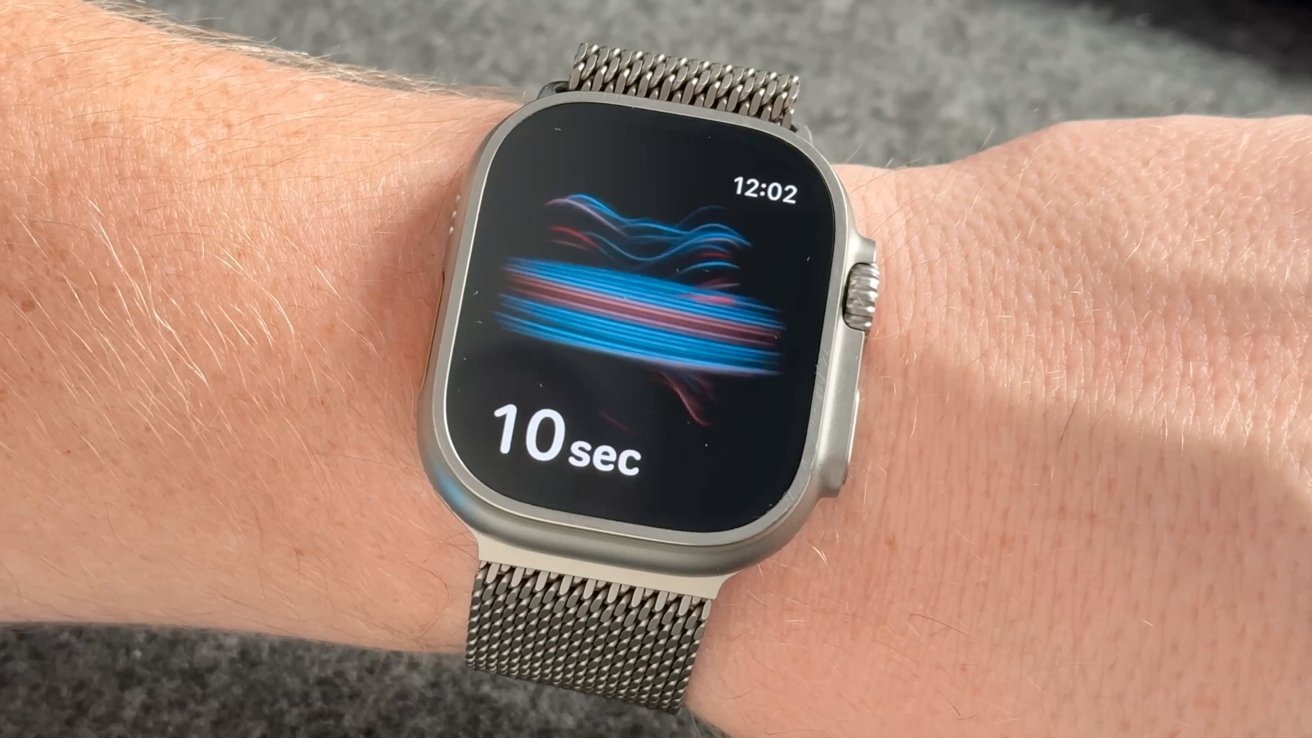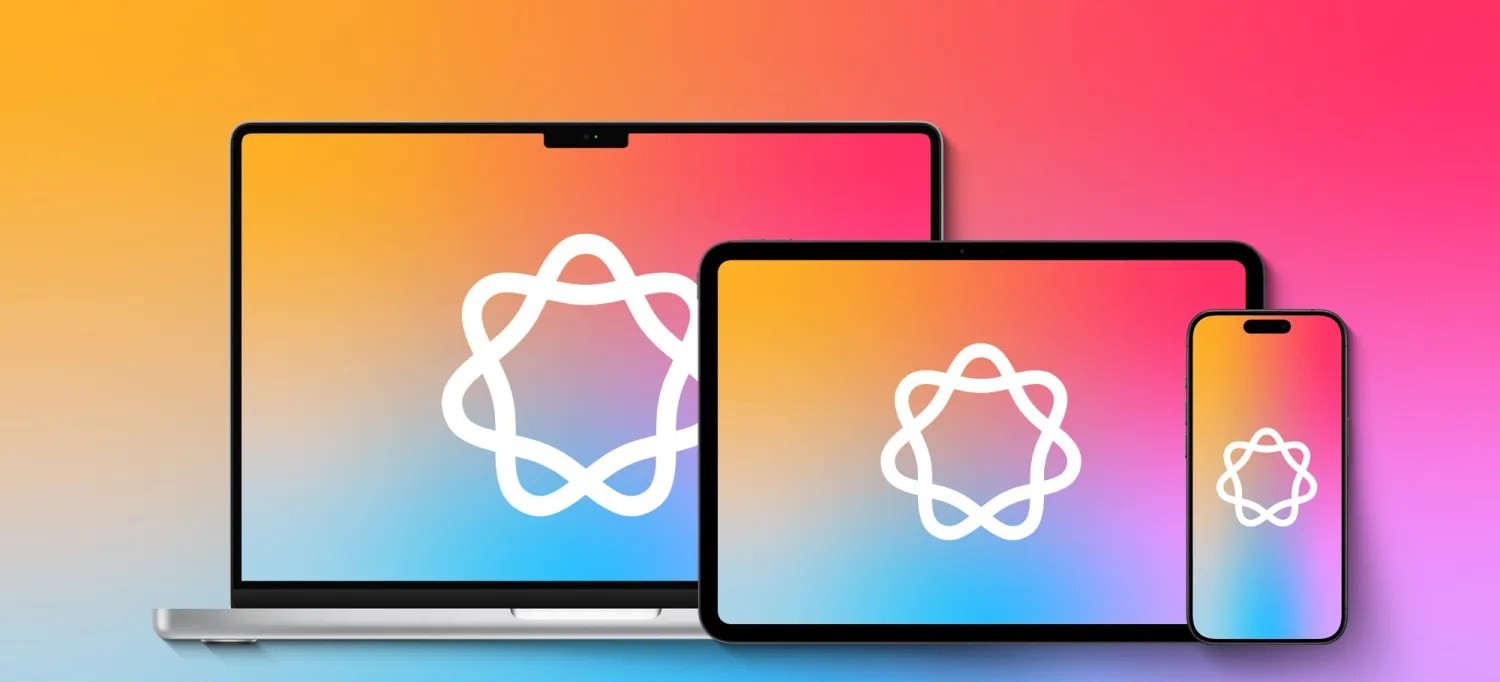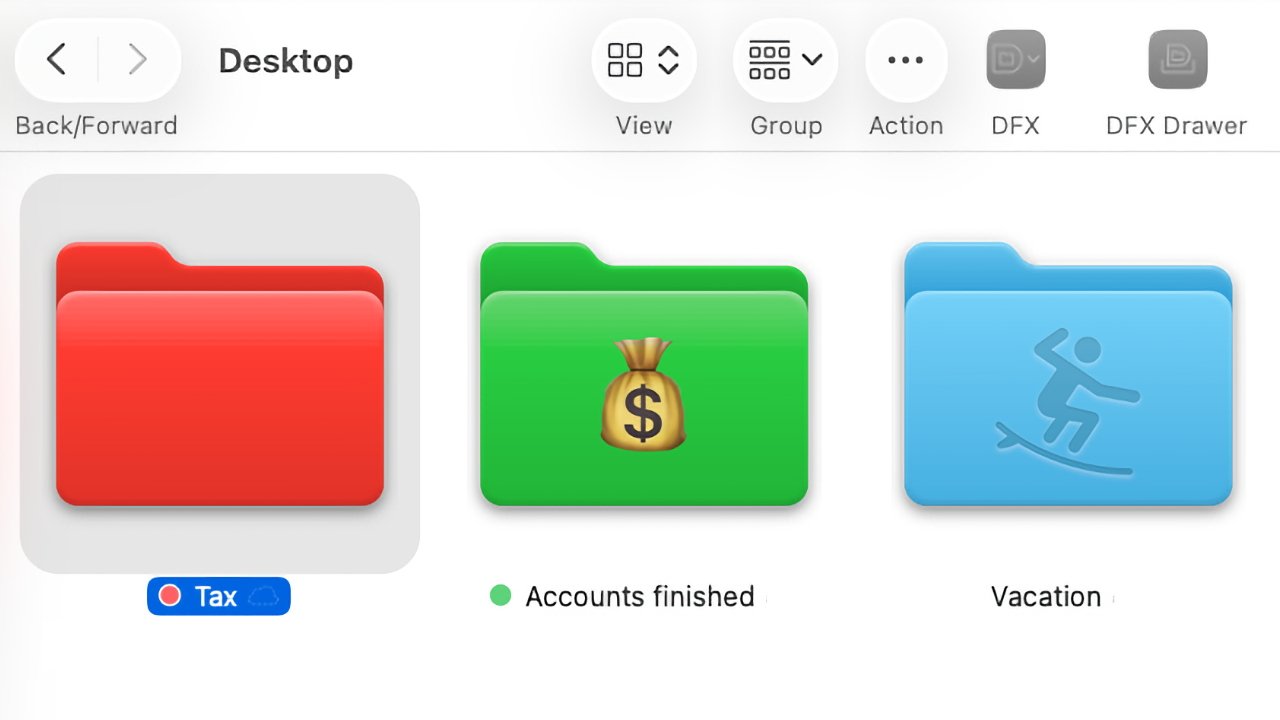In a recent development, Apple announced the reinstatement of the Blood Oxygen monitoring feature on its Apple Watch models in the United States. This restoration, facilitated by the iOS 18.6.1 and watchOS 11.6.1 updates, was made possible through a ruling by U.S. Customs and Border Protection (CBP). However, this move has ignited further legal challenges, particularly from medical technology company Masimo, which claims that Apple’s actions infringe upon its patents.
Background of the Dispute
The contention between Apple and Masimo centers on the pulse oximetry technology used to measure blood oxygen levels. Masimo alleges that Apple incorporated this technology into its Apple Watch without proper authorization, leading to a series of legal confrontations. In October 2023, the U.S. International Trade Commission (ITC) ruled in favor of Masimo, determining that Apple’s inclusion of the Blood Oxygen feature violated Masimo’s patents. This decision resulted in an import ban on certain Apple Watch models equipped with the disputed functionality.
Apple’s Response and Workaround
In response to the ITC’s ruling, Apple initially disabled the Blood Oxygen feature on affected devices sold in the U.S. To navigate the import ban, Apple developed a software-based workaround. This solution involved shifting the processing of blood oxygen data from the Apple Watch to a paired iPhone, thereby altering the feature’s implementation. This modification received approval from CBP, allowing Apple to reintroduce the feature through a software update.
Masimo’s Legal Actions
Despite CBP’s approval, Masimo has taken legal steps to challenge this workaround. The company filed a lawsuit against U.S. Customs and Border Protection, arguing that the agency’s decision to permit the import of Apple Watches with the modified Blood Oxygen feature undermines the ITC’s exclusion order. Masimo contends that CBP reversed its earlier stance without proper notification or justification, and that this reversal circumvents the necessary legal procedures established by the ITC.
Potential Implications
The ongoing legal battle raises questions about the future availability of the Blood Oxygen feature on Apple Watches in the U.S. If the ITC sides with Masimo, Apple may be compelled to disable the feature once again or seek alternative solutions that do not infringe upon Masimo’s patents. This situation underscores the complexities of patent disputes in the technology sector and highlights the challenges companies face in balancing innovation with intellectual property rights.
Conclusion
As the legal proceedings continue, Apple Watch users in the U.S. may experience fluctuations in the availability of the Blood Oxygen feature. The outcome of this dispute will likely have broader implications for how technology companies navigate patent laws and implement health-related features in their products.



